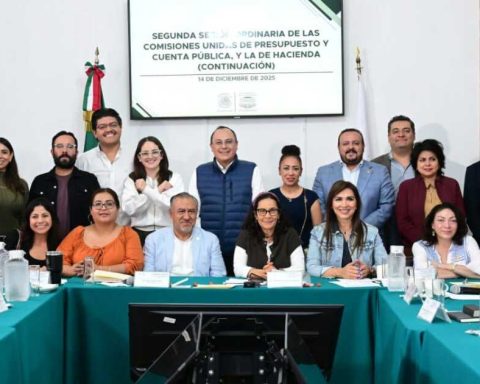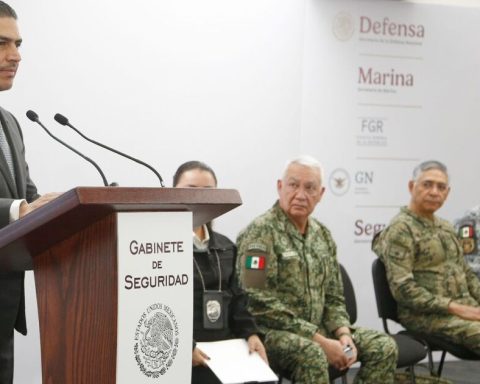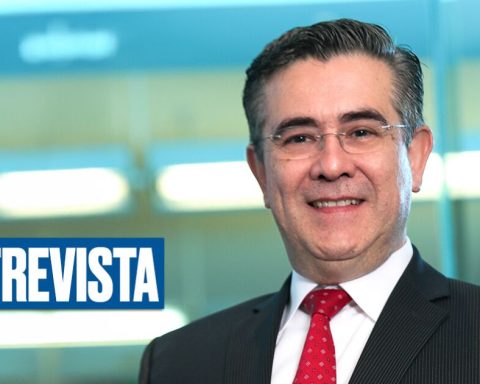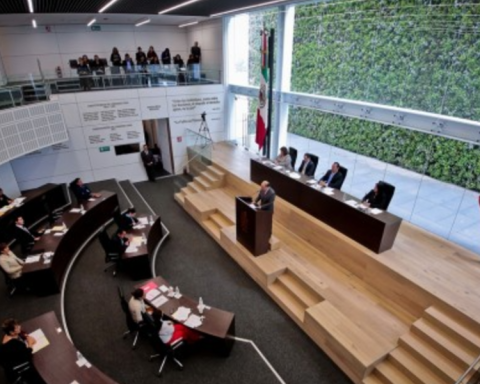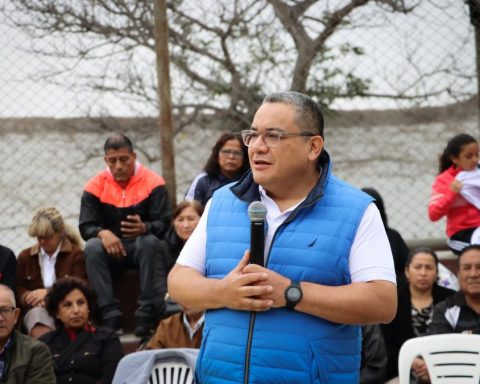AND
n October 6, for invitation of the deputy Javier Joaquín López Casarín, I participated in the forum The future of digital finance, which was held in the Chamber of Deputies, where I shared a table with the electoral advisor Carla Humphrey, who presented a subject as relevant as the modernization of the oversight mechanisms of political parties. Instead, it was my turn to address the importance of the use of new technologies in the services provided by the banking system and, of course, in the effective fight against money laundering and its predicate crimes, such as organized crime and corruption, which are among the main threats of illicit financing in the country (National Risk Assessment, 2020). In this sense, my position is very clear: we need to modernize the law enforcement systems.
New technologies can substantially improve the implementation of the Standards of the Financial Action Task Force (FATF) to advance global efforts against such crimes and guarantee the financial inclusion of sectors of the population with less access in this area. For example, the FATF developed a Guide in 2020, in which it recommends the use of digital identity that can allow the identification of the client and the updating of information in a non-face-to-face way. They can also improve customer authentication for more secure access to their accounts, thereby strengthening identification when transactions take place in person, promoting financial inclusion and combating money laundering, fraud, terrorist financing and other activities. criminal.
Likewise, artificial intelligence and automated systems applied to big data they can strengthen ongoing monitoring and reporting of suspicious transactions. These solutions can automatically monitor, process and analyze suspicious transactions and other illicit activity, distinguishing it from normal activity in real time. At the same time these tools can effectively facilitate customer due diligence (CDD) and its risk, which can be updated to account for new and emerging threats underway. Traditional risk assessment methods, based on spreadsheets (e.g. Excel) or other similar programs do not allow for large-scale data analysis, limiting the potential for correlations and analysis to generate a more detailed picture of the risks. risks. In addition, the quality of the data may vary and not offer the precision and detail necessary to comply with international standards in the matter.
The promotion of financial inclusion goes hand in hand with the above and is an important part not only of complying with the FATF Standards, but also of reducing money laundering risks in general. However, mitigating financial exclusion is a challenge. According to the report Opportunities and challenges of new technologies for the prevention of money laundering and financing of terrorism
, published by the FATF this year, around the world one billion people struggle to provide adequate identification documents to open bank accounts or maintain access to financial services. Even when identification is possible, CDD procedures, coupled with strict implementation of risk management by the financial system, often lead to financial exclusion of the most vulnerable segments.
While the use of innovative solutions can contribute to financial inclusion, the implementation of new technologies must be done with a responsible and gradual approach. Traditional identification requirements may be the most obvious tools to identify customers, but they should not be the only tool used for this purpose. Digital tools are more beneficial to the CDD process than the burden on a person to present physical identity documents, but without prejudice to the role and review of human analysts and experts, which remains key to avoiding bias and other negative consequences over-reliance on technology.
Finally, the results published by the National Survey of Financial Inclusion (ENIF) 2021 allow measures to be taken to reduce the gaps in the participation of priority groups in the Mexican financial system. For example, it is pointed out that the majority of unbanked adults are women, since only 65 percent of them have a deposit product, compared to 75 percent of men. The ENIF 2021 shows that 74 percent of women reported having or having had some financial product, which was confirmed by 82 percent of men. While 82 percent of adults in urban locations say they have or have had at least one financial product, this percentage drops to 69 percent among rural residents. On the other hand, less than 60 percent of the population that speaks an indigenous language has or has had at least one financial product, and with respect to the population aged 60 and over, the financial inclusion of the elderly is only slightly lower than that reported. for younger populations, since 66 percent have at least one financial product.

